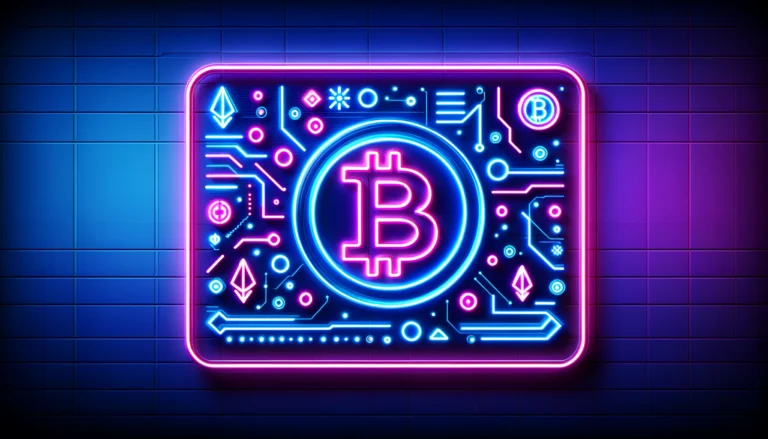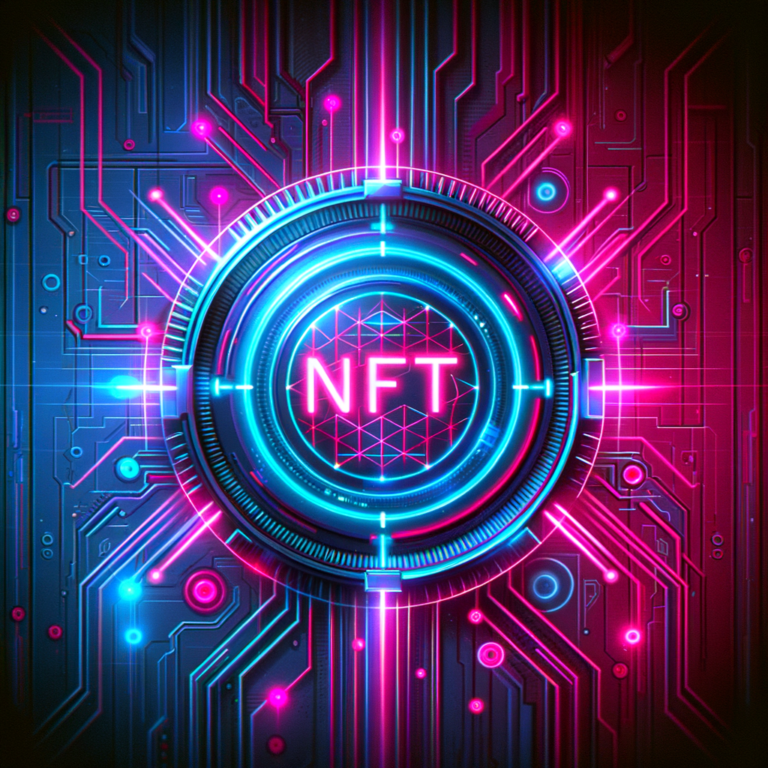Step-by-Step Guide to Creating NFTs Successfully
NFTs, or Non-Fungible Tokens, have surged in popularity as a novel way to own and trade digital assets securely via blockchain technology. From digital art and music to collectibles and more, NFTs are reshaping the landscape of digital ownership. This guide provides a comprehensive walkthrough for creators looking to venture into the NFT space, covering everything from creation and minting to marketing and legal considerations. Read on to explore a step-by-step guide to creating and successfully selling NFTs.
Understanding NFTs: Core Concepts and Uses
Non-Fungible Tokens (NFTs) are unique digital items with blockchain-managed ownership, which distinguishes them from interchangeable tokens like cryptocurrencies. Each NFT represents an irreplaceable asset, making them valuable for digital art, collectibles, and beyond. The technology assures a high degree of security and verifiability, ensuring that each item is original and tamper-proof.
The primary use of NFTs is in the digital art sector, where artists tokenize their works to sell as one-of-a-kind pieces. Beyond art, NFTs are used in virtual real estate, gaming for unique in-game items, and even in music for exclusive releases or experiences. The versatility of NFTs opens up a vast array of possibilities across industries, allowing creators to monetize specific assets while providing collectors with proof of authenticity.
Choosing the Right Blockchain for Your NFT
Selecting the appropriate blockchain is crucial for the success of your NFT. Ethereum is the most popular choice due to its widespread adoption and robust support for NFT standards like ERC-721 and ERC-1155. However, high gas fees can be a barrier for some users and creators.
Alternatives like Binance Smart Chain, Flow by Dapper Labs, or Tezos offer lower transaction costs and may have features that cater specifically to your project needs, such as environmental sustainability or faster processing times. Each blockchain has its community and marketplace ecosystem, so consider where your target audience might be most active.
Crafting Your Digital Asset: Tips and Tools
Creating a compelling digital asset is the first step toward a successful NFT. High-quality, original content that resonates with your audience is crucial. Whether it’s art, music, or another form of digital media, ensure it stands out and speaks to potential buyers.
For digital artists, tools like Adobe Illustrator or Blender are indispensable for creating visually appealing pieces. Musicians might use audio software like Ableton Live. Always ensure your final product is in a compatible format for the NFT platform you choose, such as PNG, MP4, MP3, or GIF.
Minting Your NFT: A Detailed Step-by-Step Guide
Minting is the process of turning your digital asset into a market-ready NFT. First, choose a platform that supports the blockchain you’ve selected—popular options include OpenSea, Rarible, or Mintable. Create an account and connect your digital wallet like MetaMask or Trust Wallet.
Upload your digital file and fill out necessary information such as title, description, and any unlockable content that might be included with the purchase. Set up the royalties to receive a percentage of sales whenever your NFT is sold on the secondary market. Finally, pay the transaction fee to mint your NFT, which will then be listed on the platform’s marketplace.
Pricing Strategies for Your NFT
Pricing your NFT appropriately is essential to attract buyers without undervaluing your work. Research similar NFTs in your category to gauge market prices. Consider starting with a lower price if you are a new artist to encourage the first sale.
Dynamic pricing strategies such as auctions can also be effective, especially for in-demand or one-of-a-kind pieces. Setting a reserve price ensures that you do not sell below a minimum value. For editions, price tiers can be advantageous, offering lower-priced versions to attract a broader audience while reserving exclusive or special editions for higher prices.
Listing and Marketing Your NFT on Platforms
Listing your NFT involves choosing the right marketplace that aligns with your blockchain and target audience. Platforms like OpenSea, SuperRare, and Foundation cater to different types=NFTs and audiences. Ensure your listing is complete with high-quality images, detailed descriptions, and relevant tags to improve visibility.
Marketing is crucial to stand out in a crowded market. Utilize social media platforms, collaborate with other creators, and possibly even consider paid advertising to increase your reach. Engage with potential buyers and collectors through these platforms to build interest and drive sales.
Legal Considerations in NFT Creation and Sale
Understanding the legal aspects of NFTs is crucial for creators. Ensure that you own or have the rights to the content you are tokenizing. Copyright laws apply to digital assets, so proper licensing is necessary when using third-party content.
Consider the implications of intellectual property rights, especially if your NFT involves trademarks or other proprietary material. Additionally, be aware of the tax implications of selling NFTs, as many jurisdictions are still developing guidelines around digital asset income.
Analyzing Market Trends for Successful Sales
Staying informed about the NFT market trends is vital for timing your releases and setting prices. Keep an eye on popular NFT artists, emerging platforms, and shifts in collector interest to adapt your strategy accordingly.
Use analytics tools provided by NFT marketplaces to track the performance of your listings. Understanding which of your NFTs are gaining attention can help you tweak your approach. Also, look out for broader economic factors that could affect the purchasing power of potential buyers.
Engaging with the Community for Better Reach
Building a community around your work can significantly enhance your NFT project’s success. Engage with followers through regular updates, behind-the-scenes content, and interactive sessions. This can foster a stronger connection, turning casual viewers into committed collectors.
Participate in NFT forums, attend virtual meetups, and collaborate with other artists or projects to expand your network. Community support is often critical in driving initial and ongoing interest in your NFTs.
Future Prospects: Evolving with NFT Technology
The NFT space is rapidly evolving, with new technologies and applications emerging regularly. Keeping up-to-date with these developments will allow you to innovate and stay relevant in the market. Consider exploring areas like virtual and augmented reality, which are poised to offer new ways for interacting with digital assets.
As the technology matures, we can expect broader adoption across various sectors, including more traditional businesses and industries. Staying adaptable and forward-thinking will help you leverage upcoming opportunities in the NFT space.
Creating and selling NFTs can be a rewarding venture for digital creators, offering a unique blend of artistic expression and technological innovation. By following this comprehensive guide, from understanding the basics to engaging with the community and analyzing market trends, you can enhance your chances of success in the NFT marketplace. Remember, the key to success lies in combining creative excellence with strategic marketing and staying informed about the legal and technological landscape. Embrace the evolving nature of Ngra and continue to innovate to captivate and expand your audience.




